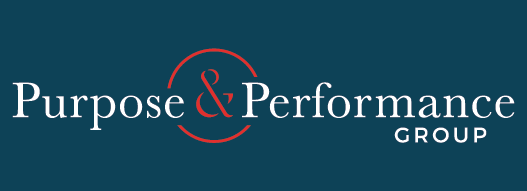Leveraging Stand-Up Meetings to Create a Culture of Communication and Action
The most successful organizations are those that instill a culture of flat, fast, and agile communication and information sharing. The ability to share knowledge and leverage insights from across functional areas enables the organization to anticipate challenges and make proactive decisions. Rather than waiting for information to be funneled up to a central decision-maker to be consolidated and acted upon, routine cross-functional communication enables leaders at all levels to take informed action and provide decision-quality information to leaders.
One effective technique for achieving a culture of flat and fast information sharing is the implementation of routine, cross-functional “stand-up” meetings. By creating a regular venue for face-to-face communication, stand-up meetings provide a reliable opportunity for interaction among team members. When implemented appropriately, stand-up meetings increase trust, build a more informed workforce, and inevitably result in faster and better decisions and action. Stand-up meetings can vary in frequency, content, and participation depending on the needs of the organization, but effective stand-up meetings have several common attributes: they include a wide circle of attendance, they are short and to the point, and they are conducted consistently.
At a minimum, participation in stand-up meetings should include representation from all functional areas, as well as any supporting partners. A wide circle of attendance enables efficient communication across all stakeholders – resulting in more effective action. Comprehensive cross-functional participation allows the team to understand challenges from multiple perspectives, reduces blind spots, increases innovation, and eliminates information gaps that create barriers to action.
Keeping stand-up meetings short and to the point shows respect for everyone’s time and encourages participants to prioritize and share the most critical information. Most listeners will only retain 3-5 key points from a speaker, so participants should focus on only those items that are required to facilitate understanding and action. When considering topics to present at the stand-up meeting, think about the action you want others to take based on the information you provide. This will help refine discussion points and reduce the likelihood of losing the listeners’ attention and wasting time.
Stand-up meetings need to be frequent enough to enable timely action and decision-making, but not so frequent that they result in redundant communications or impede operations. Depending on the level and the organization, stand-up meetings can happen daily, every other day, or weekly – the important thing is to develop a rhythm that allows action at the speed of operational requirements.
On a final note, while stand-up meetings can facilitate decision-making and action at lower levels, they don’t eliminate the need for the leader to remain involved and informed. While the leader doesn’t need to (and probably shouldn’t) participate in every stand-up meeting, he or she needs to participate routinely enough to provide top-down guidance and intent while allowing freedom for bottom-up refinement and implementation of ideas.
When executed properly, stand-up meetings can significantly enhance horizontal and vertical information flow within an organization. By creating a routine venue for face-to-face collaboration, stand-up meetings improve communication, increase trust, and facilitate innovation. By considering the attributes above when organizing and implementing stand-up meetings, leaders can significantly enhance the culture of flat, fast, and agile information sharing and action within their organization.
The post Leveraging Stand-Up Meetings to Create a Culture of Communication and Action appeared first on Purpose and Performance Group.


